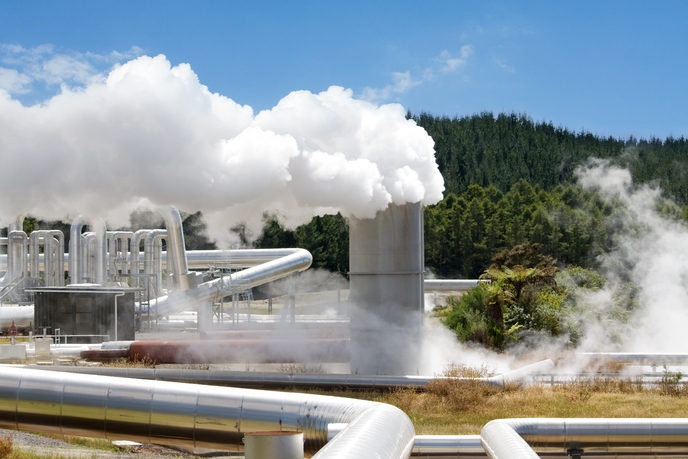EU researchers cracking the geothermal case
Thanks to the extremely hot molten rock (magma) below the Earth’s crust, there is much more heat energy in the Earth than there are stores of oil and gas reserves – and it’s produced continuously! It’s hard to get more sustainable than that. The most common way to harvest geothermal energy is to pump hot water and steam from wells. Power plants placed over geothermal springs typically use heat exchangers to remove heat from the water, heat another liquid (typically isobutane that boils at a lower temperature than water and is thus more efficient) and produce the steam used by steam turbines. The ‘European geothermal project for the construction of a scientific pilot plant based on an enhanced geothermal system’ (EGS PILOT PLANT) project was initiated to design, build and test a geothermal power plant in Soultz-sous-Forets (Alsace, France) using multi-well enhanced geothermal systems (EGS). The site consists of three 5 kilometre-deep wells drilled into fractured granite. Geothermal water was pumped from two wells, delivered to isobutane coupled to a generator, and re-injected at lower temperature into the third well. The ‘enhancement’ in the process is hydraulic stimulation, essentially fracturing the rock with high pressure in order to maximise the extraction of geothermal energy and enabling the placement of power plants in areas other than natural hot springs. However, the stimulations can induce micro-seismic activity. Thus, the researchers improved numerical modelling of hydraulic stimulation tests, gaining insight to ensure safety in design and implementation of future sites. The investigators began geothermal power production in 2008. The advantages of geothermal energy are numerous, including minimal pollution and minimal operating costs, as the only power needed (to drive the pumps) can be provided by the plant itself. Thus, the EGS PILOT PLANT project successfully delivered a working geothermal power plant based on enhanced technology, opening the way for commercialisation of such technology for placement of geothermal power plants virtually anywhere in the world. The outcomes should have significant impact on the use of renewable energy, on the environment and on the economies that choose to exploit the potential.







